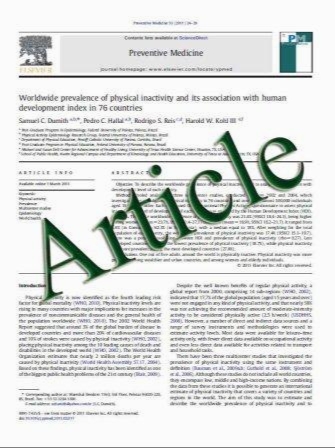Two-port method for laparoscopically assisted vaginal hysterectomy: approach and outcomes
- نوع فایل : کتاب
- زبان : انگلیسی
- مؤلف : Jong Woon Bae & Un Suk Jung & Joong Sub Choi & Jung Hun Lee & Chang Eop Son & Seung Wook Jeon & Jin Hwa Hong
- چاپ و سال / کشور: 2010
Description
The aim of our study was to assess the feasibility and efficacy of laparoscopically assisted vaginal hysterectomy (LAVH) with the two-port method. One hundred seventy-six women with uterine diseases underwent LAVH using the two-port method. We reviewed the medical records of the patients’ age, parity, body mass index, history of previous abdominal surgery, operative indications, histopathological diagnosis, operating time, weight of the removed uterus, change in the hemoglobin levels, hospital stay, and occurrence of any complications. The median age of the patients was 46 years (range, 33– 60 years), the median parity was 2 (range, 0–5), and the median body mass index was 23.4 kg/m2 (range, 17.6– 29.6 kg/m2). Forty-two patients (23.9%) had previous abdominal operative history. The most common operative indication was menorrhagia, and the most common histopathological diagnosis was leiomyoma. The median operating time was 58 min (range, 30–150 min), and the median weight of the removed uterus was 230 g (range, 60–660 g). The median change in the hemoglobin level was 1.7 g/dL (range, 0.1–3.8 g/dL). The median hospital stay was 3 days (range, 2–7 days). An ileus occurred postoperatively in one patient, which was managed conservatively. No additional port was required in any of the cases. No operation was converted to an abdominal hysterectomy. LAVH using the two-port technique with the aid of a 5-mm telescope and an endoscopic stapler is both feasible and efficient
Gynecol Surg (2011) 8:25–29 DOI 10.1007/s10397-010-0611-2 Received: 23 April 2010 / Accepted: 6 July 2010 / Published online: 28 July 2010


